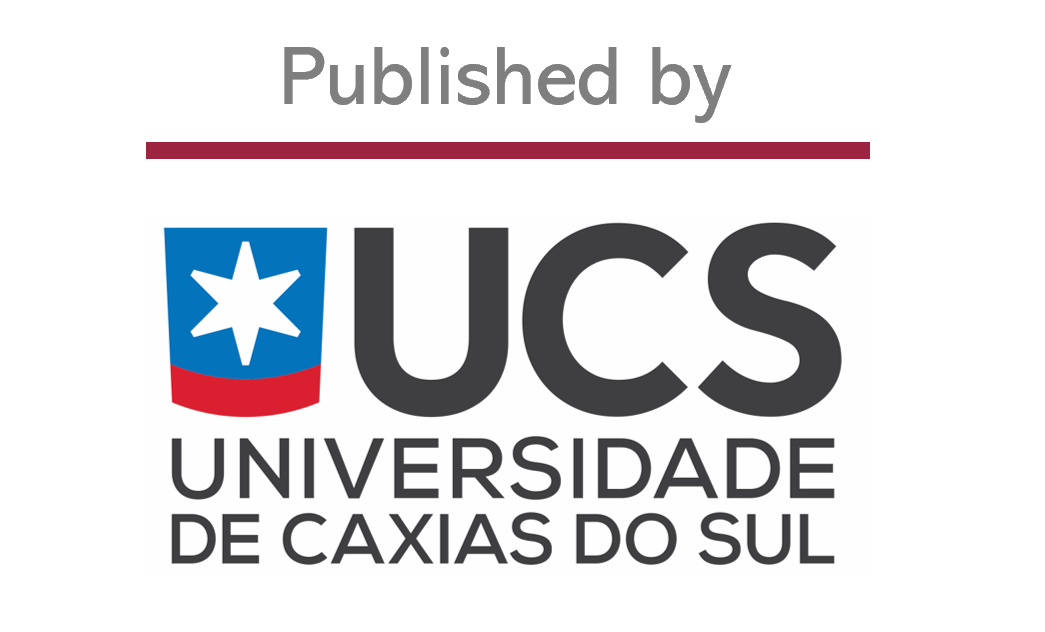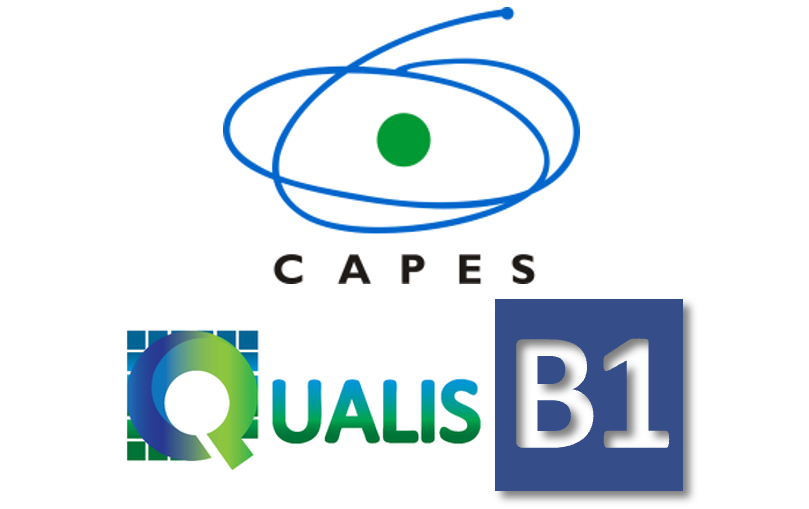Nanoplasmônica e o Espectro de Absorção de Nanopartículas Metálicas
DOI:
https://doi.org/10.18226/23185279.v8iss1p12Keywords:
Coletor solar h´ıbrido fotovoltaico/termico, nanopartículas metalicas, ressonância de plásmons, espectro de absorçãoAbstract
O presente trabalho trata de uma alternativa para aumentar a eficiência da captação de energia solar, com a utilização de coletores térmicos baseados em fluidos de nanopartículas metálicas, que absorvam radiação com comprimentos de onda complementares àqueles usados para geração de eletricidade. Estas partículas são capazes de absorver radiação eletromagnética em determinadas faixas de comprimento de onda, que dependem das suas propriedades físicas e geométricas, por meio do fenômeno de ressonância de plásmons. O objetivo principal deste trabalho é, portanto, o estudo da interação da luz com partículas metálicas nanométricas. Para isto, foram usados modelos matemáticos baseados na teoria eletromagnética para calcular os espectros das seções de choque de extinção, espalhamento e absorção de nanopartículas metálicas em um meio dielétrico e sua dependência com as propriedades físicas e geométricas das partículas. Os cálculos foram realizados na aproximação quasi-estática, solução de Mie e aproximação de dipolo discreto, para esferas e cubos de dois diferentes materiais, prata e ouro, de diversos tamanhos. Todos os três parâmetros, tamanho, forma e material, influenciam significativamente em qual região do espectro solar estas partículas têm maior seção de choque de absorção. Em conclusão, apesar de teoricamente ser possível controlar o pico de absorção das nanopartículas metálicas pela modificação destes parâmetros, este é apenas um passo no desenvolvimento de nanofluidos térmicos. Subsequentemente, deve-se procurar conhecer o verdadeiro ganho em energia térmica absorvida usando esses nanofluidos, levando em conta a concentração das nanopartículas e, em última instância, os custos relacionados com sua produção, de modo a viabilizar o uso de coletores solares compósitos.
Effect of Plasmon Resonance on the Absorption Spectrum of Metallic Nanoparticles
The present work deals with an alternative to increase the efficiency of solar energy capture by using thermal collectors, based on metallic nanoparticle fluids, in tandem with photovoltaic solar cells, to absorb radiation with wavelengths in a complementary range to that used electricity generation. These particles are capable of absorbing electromagnetic radiation at some particular wavelength range, depending on their physical and geometric properties, converting it to heat through the plasmon resonance phenomenon. The primary objective of this work is, therefore, the study of the interaction of light with nanometric-sized metallic particles, to help further development of these nanofluids for energy conversion applications. Mathematical models based on the electromagnetic theory were used to calculate the extinction, scattering, and absorption cross sections spectra for metallic nanoparticles in water as the dielectric medium, aiming to explore how these spectra change with the particles’ physical properties and geometric parameters. The calculations were carried out within the quasi-static approximation, the Mie solution, and the discrete dipole approximation, for spheres and cubes of two different materials, gold and silver, and variable size. All three parameters, size, shape, and material, are highly influential in determining the interval of the solar spectrum the particles most absorbs light. In conclusion, although it is theoretically possible to control the peak absorption of metallic nanoparticles by modifying these parameters, this is just one step in the development of thermal nanofluids. Next, one should seek to know the actual gain in heat generation by using these nanofluids, taking into account the nanoparticles concentration and, ultimately, the costs associated with its production, to make composite solar panels viable.









